Although Bucked Up is not exactly a new brand, their products have been everywhere lately.
This company grew out of founder Ryan Gardner's DAS Labs business selling deer antler spray, which made national news in 2013 when NFL linebacker Ray Lewis was accused of using it to heal from a tricep injury.[1] Headline golfer Vijay Singh was also in the news for using it.[2] Seeing an opportunity to capitalize on the notoriety, Gardner moved his product into GNC. Sales were so hot that he purchased the BuckedUp domain. The company launched its first pre-workout in 2016, and the rest is history.
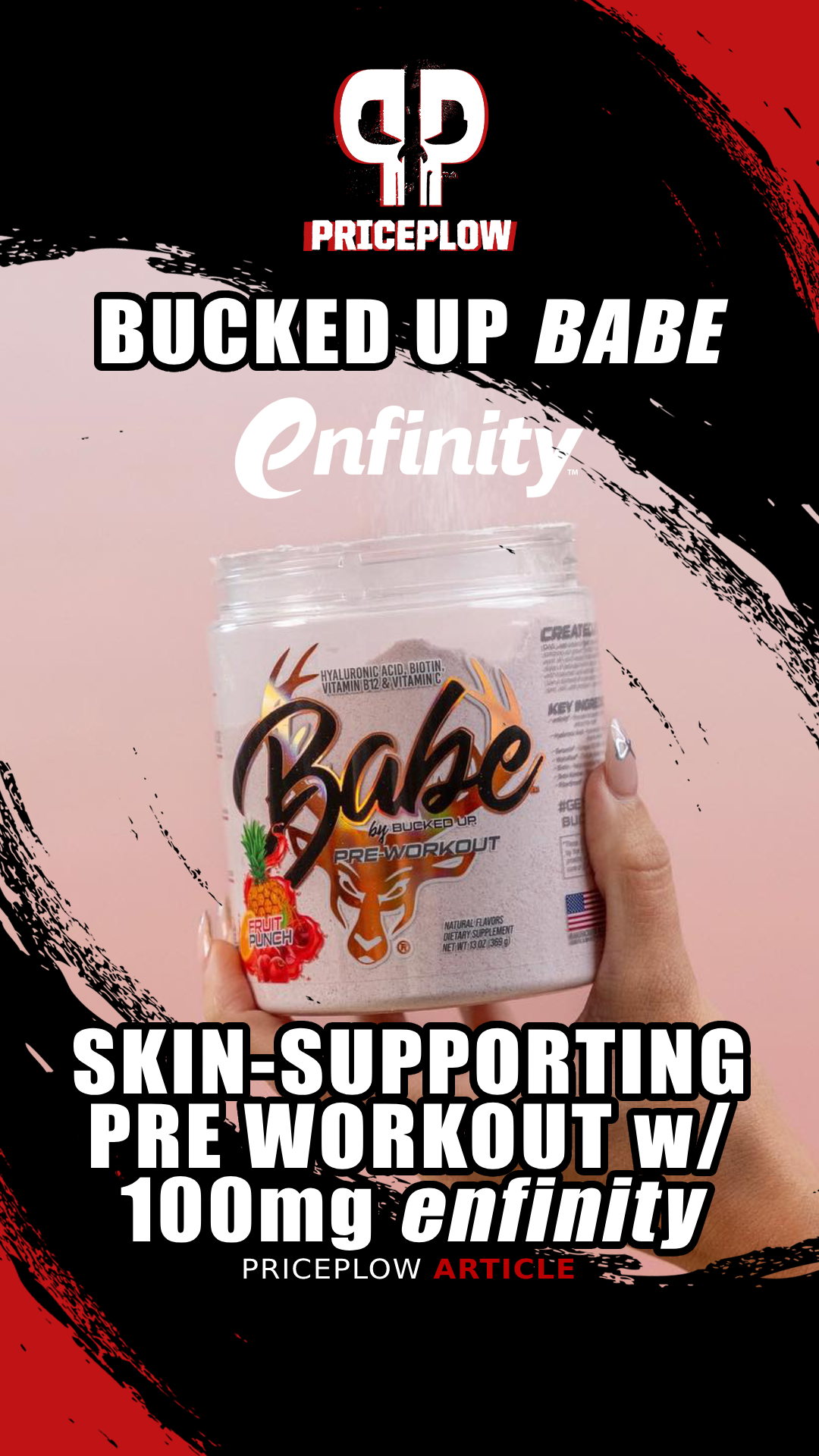
Bucked Up Babe Pre-Workout is a skin-supporting pre-workout supplement made for women with a smooth 100mg dose of enfinity Paraxanthine from TSI Group
Since then, Bucked Up's success has only grown, and many Bucked Up products have hit store shelves in the years since. In fact, PricePlow covered Bucked Up's LFG Burn last year, and if you missed that article, check it out – it's an impressive formula.
Bucked Up Babe – Pre-Workout For Women With enfinity Paraxanthine
In recent years, Bucked Up has dramatically expanded its line of products designed for women, titled Babe by Bucked Up. Today we're going to talk about the main product in that line -- the Bucked Up Babe Pre-Workout. This is a feminine spin on a pre-workout, with a couple of added ingredients to support skin hydration and recovery.
But there's one very cool way in which this formula departs from industry convention – it uses TSI Group's Enfinity paraxanthine in place of standard caffeine. As we'll see, this is a huge improvement - especially when going for a smoother feeling!
Unlike other products geared towards women, DAS Labs / Bucked Up isn't just cutting doses in half, slapping on a pink label -- they're instead signaling their commitment to forward-thinking product design with a novel stimulant in enfinity.
Let's get into it, but first, check the PricePlow prices on Bucked Up Babe and sign up for our TSI Group news alerts:
Bucked Up Babe Pre-Workout – Deals and Price Drop Alerts
Get Price Alerts
No spam, no scams.
Disclosure: PricePlow relies on pricing from stores with which we have a business relationship. We work hard to keep pricing current, but you may find a better offer.
Posts are sponsored in part by the retailers and/or brands listed on this page.
This area is reserved for Team PricePlow's upcoming videos.
Subscribe to our channel and sign up for notifications so you catch it when it goes live!
Bucked Up Babe Ingredients
In a single 1-scoop serving (12.3 gram) of Babe Pre-Workout from Bucked Up, you get the following:
-
Citrulline Malate 2:1 – 6,000 mg
This is the kind of pre-workout anyone can take, especially later in the afternoon, thanks to the quicker and smoother experience from enfinity paraxanthine compared to caffeine
Citrulline is an amino acid that increases nitric oxide (NO) production. However, it's not the direct precursor to NO – that would be another amino acid, arginine, while citrulline is the precursor to arginine. So the full citrulline-to-NO conversion pathway looks like Citrulline → Arginine → NO.
You might be wondering, why not take arginine instead? After all, it seems intuitive that the direct precursor would convert to NO more efficiently. However, this is not the case in practice because the human body doesn't absorb arginine as well as citrulline,[3,4] so citrulline actually performs better.
An NO-boosting ingredient like citrulline is almost always the cornerstone of a pre-workout formula. So why exactly do we want more NO going into a workout? The answer is a mechanism called vasodilation, which is triggered by the presence of NO in the blood. In vasodilation, the diameter of your arteries increases, allowing them to handle a greater volume of blood than usual. During vasodilation, heart rate drops and blood pressure decreases, meaning your cardiovascular system can function more efficiently during intense workouts.[5-7]
Vasodilation also makes cellular nutrient delivery and cellular waste removal more efficient, both of which also contribute to athletic performance and recovery.
Research on citrulline shows that it can improve:
Citrulline didn't make a huge difference to the subjects' oxygen uptake, but it did significantly increase their power output. This suggests that citrulline is helping the body use oxygen more efficiently.[8]
- Power and oxygen uptake[9]
- Athletic endurance by as much as 50%[10]
- Delayed onset muscle soreness (DOMS)[10]
- Growth hormone (GH) secretion in response to exercise[11]
- Protein utilization[12]
- Post-workout muscle protein synthesis[13,14]
Citrulline supplements also boost ornithine, an amino acid involved in ammonia detoxification. Since ammonia buildup can cause mental and physical fatigue, this is yet another mechanism by which citrulline can boost endurance.[15,16]
Lastly, citrulline can increase the body's cortisol-to-DHEA ratio,[16] which is an important marker of stress (higher is better).
How much citrulline is in citrulline malate?
Whenever citrulline malate is labeled 2:1, it means we're getting 2 grams of citrulline for every 1 gram of malate. So, Bucked Up Babe Pre-Workout provides 4 grams of citrulline to 2 grams of malate. The 3-gram citrulline dose has long been the industry minimum standard; dozens of studies show clinically significant effects starting at this amount.
Benefits of malate?
What's really cool about citrulline malate is that malate (aka malic acid) has some benefits, too! Most significantly, malic acid is involved in the Krebs cycle, your cells' main energy production pathway.[17] According to one study, the malate in citrulline malate can help support cellular aerobic respiration.[18]
-
Beta-Alanine – 2,000 mg
Beta-alanine is a powerful ergogenic aid that helps boost endurance. When beta-alanine reacts with the amino acid histidine, it forms a compound called carnosine that helps your body get rid of lactic acid. Since lactic acid buildup can create muscular fatigue, removing it faster helps delay the onset of fatigue, which ultimately has an endurance-boosting effect.[19]
So why not take carnosine? Again, its oral bioavailability is not great. Beta-alanine, although it's the precursor to carnosine, is absorbed so much better by the human body that taking beta-alanine ends up being a more efficient strategy for boosting carnosine. Histidine supplementation is almost never necessary because it naturally occurs at high concentrations in commonly-eaten foods.[20,21]
Two recent meta-analyses, examining over 40 different peer-reviewed studies, found that beta-alanine is best at increasing endurance during exercises conducted at an intensity level that can be sustained for 30 seconds to 10 minutes.[22,23] In other words, if you're working out so hard that you can't last 30 seconds, or working out at such a low intensity that you can last longer than 10 minutes, then you're leaving some beta-alanine gains on the table. This is an ingredient best used for intense cardio, like HIIT or high-rep resistance training.
The beta-alanine "tingles" – harmless!
It's common to feel a tingling sensation in your face and/or upper body after supplementing with beta-alanine. If this happens to you, fear not – a recent safety review concluded that this phenomenon is totally benign.[24]
-
AlphaSize Alpha GPC 50% – 200 mg
Alpha-GPC is a type of choline, an essential B vitamin that your body needs in order to synthesize and maintain the phospholipid bilayer membranes that form the outer layer of all your body's cells.[25] Choline also helps those membranes signal to each other during intercellular communication.[25]
Choline is an important acetylcholine (ACh) precursor. We often refer to ACh as the learning neurotransmitter because of how important it is for learning – particularly memory consolidation, your brain's conversion of short-term memories to long-term ones.[26] Studies consistently find that increasing ACh expression via choline supplementation can cause significant improvements in cognitive function.[27,28]
Among the several different kinds of choline, alpha-GPC is known as a cost-effective type of choline, thanks to its ability to cross the blood-brain barrier.[29]
Perhaps most importantly for a pre-workout formula, alpha-GPC can also increase strength gains in leg exercises,[30] but that study used 600 milligrams per day, which is a lot more than what we have in Bucked Up Babe.
Still, the strengthening of cell membranes is a strong bet -- especially for women who don't eat a lot of meat and eggs -- the foods that contain the most choline.
-
Paraxanthine (as enfinity) – 100 mg
So, here's the ingredient that makes Bucked Up Babe Pre-Workout really special: Enfinity.
Enfinity is both a trademarked and patent-pending form of paraxanthine. Several industry heavy-hitters had a hand in its entrance to the market – Ingenious Ingredients (ING2) developed and marketed it and TSI Group sells and distributes it.
Paraxanthine – caffeine 2.0
Paraxanthine is basically new-and-improved caffeine. More specifically, paraxanthine is one of caffeine's three metabolites, and is the one most responsible for caffeine's benefits. Most of us love caffeine, it can speed up cellular metabolism[31,32] and in doing so, has plenty of research supporting improved performance.
Paraxanthine is the primary metabolite of caffeine, providing most of caffeine's beneficial effects. Now you can take it directly with enfinity!
There's just one major issue with caffeine: everybody reacts to it differently.
We all have the friend who can drink pots of coffee all day, every day, with no issues, but we also have the friend who can't even drink black tea without facing insomnia. When it comes to something like a pre-workout formula, which is usually consumed daily or on a near-daily basis, the inclusion of caffeine can be overwhelming for those who are exceptionally sensitive to the stimulant.
Enter paraxanthine, which delivers caffeine's most coveted benefits, while being tolerated significantly better by a vastly larger group of people.
To understand exactly why paraxanthine can do this, we need to spend a little bit of time discussing how caffeine interacts with an individual's genes.
Caffeine's primary metabolites are also methylxanthine stimulants
After ingested caffeine has been absorbed into your bloodstream, it gets processed by your liver, which converts it into three different metabolites:
Caffeine has three major metabolites, and one of them (paraxanthine) does the heavy lifting. The other two have very long half-lives, which could be interfering with your quality of energy! Image courtesy Wikimedia
- Paraxanthine
- Theobromine
- Theophylline
These metabolites are all methylxanthine stimulants like caffeine, which means they have broadly similar effects – but in practice, they differ from each other significantly when it comes to their exact effects on human physiology.
Paraxanthine's effects are the effects of caffeine that we want...
Put simply, paraxanthine is the coveted caffeine metabolite, responsible for most of caffeine's actual benefits. Research has shown that like caffeine, paraxanthine can increase the body's rate of fat burning,[33] and fight fatigue by inhibiting adenosine receptors[34] while upregulating dopamine.[35]
...and it can outperform caffeine in many cases!
Paraxanthine may actually be better than caffeine in many important respects. For example, it's actually a more effective adenosine antagonist and causes greater improvements to multiple dimensions of cognitive performance, including psychomotor acuity, reaction time, and mental accuracy.[36,37]
Some research has even found that paraxanthine outperforms caffeine when it comes to increasing muscle protein synthesis, strength, and athletic endurance.[38]
The issue with caffeine: the other metabolites
The other two, theobromine and theophylline, are what cause "caffeine tolerance" issues for most people.
The difference comes down to the biological half-life of each metabolite – on average, paraxanthine is metabolized fastest, while theobromine and theophylline are metabolized much more slowly.
More specifically, the average half-life of caffeine – again, the average, as it does vary from person to person – is about 4.1 hours.[39] The average half-lives of theobromine and theophylline are much longer, 6.2 hours and 7.2 hours, respectively.[39]
So why does this matter? Remember – all three are stimulants with broadly similar effects, so given that the half-lives of theobromine and theophylline are so long, it's very easy for these metabolites to build up in the blood of habitual caffeine users, causing problems like sleep disruption if taken too late in the day, and withdrawal symptoms as they wear off.
Paraxanthine – much shorter half-life
Announced on September 1, 2023, TSI Group is the Exclusive Global Distributor of enfinity paraxanthine
Paraxanthine's half-life is only 3.1 hours,[39] meaning it actually has about a 25% shorter half-life than caffeine itself.
This offers a huge potential advantage – if we take pure paraxanthine instead of caffeine, then we get the caffeine- and paraxanthine-related benefits without having to deal with any lingering theobromine or theophylline! This allows for much more precisely targeted use – that is, in a shorter effect window.
Plus, as we said earlier, paraxanthine is actually better than caffeine for many important applications, including fighting fatigue,[40] which is the main reason most people start using caffeine in the first place.
Individual genetic variance in methylxanthine metabolism
An individual's tolerance for methylxanthines is, unsurprisingly, determined largely by genes that govern the function of liver enzymes.[41,42] Looking at the alleles responsible for determining the way those enzymes work, it's possible to group people into three categories:
- Slow metabolizers,
- medium metabolizers, and
- fast metabolizers.
For you biology nerds out there, the Punnett square designations for these groups would be RR, Rr, and rr respectively.
Caffeine wrecks slow metabolizers (and sometimes medium too)
Paraxanthine is the primary metabolite of caffeine, providing most of caffeine's beneficial effects. Now you can take it directly with enfinity!
When we think of this trait's distribution in Mendelian terms, it becomes obvious that theobromine and theophylline can cause massive problems for slow metabolizers. Remember, the half-life figures we quoted, 6.2 and 7.2 hours, are just averages. For slow metabolizers, the half-life figures are even longer.
Even medium metabolizers who take caffeine a bit too late -- say past 4pm -- note that their sleep is negatively affected.
So, if we can circumvent these troublesome metabolites by using pure paraxanthine instead of caffeine, those slow metabolizers might be able to enjoy the benefits of caffeine, but without the downsides!
Even if you're not a slow metabolizer, the bottom line is that metabolizing methylxanthines faster is better in general. Again, it allows for more targeted use. You can take big doses before your afternoon workout, for example, and it won't affect your sleep— or, at least, not to nearly the same extent as caffeine.
Regarding the 100mg dose
Now the one thing to note is that a 100 milligram dose of enfinity is not very strong. We see enfinity in more aggressive pre-workout supplements at up to 300 milligrams per dose, and general recommendations are to not formulate 400 milligrams worth of paraxanthine in per day.
At 100 milligrams, this will be roughly the strength of a standard 8oz cup of coffee (without some of the other consequences of the coffee) -- definitely not strong. This is fine for those who are looking for a smoother, less aggressive experience that can be taken a bit deeper into the evening than your standard caffeine-based pre-workout.
If you need something stronger, then DAS Labs / Bucked Up has a plethora of other options and energy drinks. But they're definitely going light with the Babes.
PricePlow's Ultimate Paraxanthine Guide
MuscleTech's Raza Bashir and Ingenious Ingredients (and NNB Nutrition CSO) Shawn Wells join the PricePlow Podcast for Episode #072 to talk about MuscleTech's new iQ Series launch, using enfinity Paraxanthine!
If you're interested in learning more about this incredible innovation in supplement science, read our article about paraxanthine and listen to Episode #072 of the PricePlow Podcast. TSI Group's got a good one with this ingredient.
-
Taurine – 100 mg
Taurine is an osmolyte that helps increase cellar water retention.[43] This can also increase mitochondrial resilience to metabolic stress and cellular energy production.[44]
Taurine is an important antioxidant that helps facilitate calcium signaling in muscle cells,[45,46] and can aid in the mitochondrial burning of fatty acids for energy.[44] Finally, taurine can also help boost NO a little bit,[47] and has beneficial effects on concentration and mental performance.[48]
However, we generally like to see doses head into the gram level, or at minimum 500 milligrams, so we're not sure what to really expect from a 100 milligram dose.
-
Hyaluronic Acid – 100 mg
Hyaluronic acid (HA) is, like taurine, an osmolyte. It has a particularly pronounced effect on skin cells and improves the texture and appearance of skin.[49]
While hyaluronic acid is usually applied topically, it turns out that oral supplementation can be effective as well![50] According to a 2014 research review, ingested HA has systemic hydrating effects on skin cells, meaning it can help improve skin hydration all over the body.[50,51]
A 2016 review of research on hyaluronic acid showed that oral supplementation can also significantly reduce knee pain,[52] but note that a few of the studies used larger doses. Aside from its ability to literally lubricate tissues with water, it supports the reduction of inflammation by boosting the body's production of an anti-inflammatory cytokine named interleukin-10.[53]
-
Himalayan Rock Salt – with Trace Minerals – 100 mg
Pink Himalayan salt is one of the best options for electrolyte replenishment, which is important during challenging workouts since you'll lose a lot of minerals in sweat – with sodium being the biggest loss by far.
While sodium has definitely gotten a bad rap because of its alleged role in the onset of high blood pressure, the fact remains that this electrolyte is absolutely essential for muscular contraction, optimal athletic performance, and adequate recovery from exercise.[54] Sodium deficiency can compromise all of the above.[55]
We always love pointing out that, according to a comprehensive 2015 meta-analysis of sodium intake, which examined studies on a cumulative total of over 300,000 people, there is a J-shaped association between sodium intake and cardiovascular mortality, with the lowest risk found at intakes between 3,000 milligrams and 5,000 milligrams per day.[56] That's 3 to 5 grams of sodium – not salt!
In general, if you're concerned about sodium intake, we urge you to be more concerned with your sodium:potassium ratio, which is of vastly greater importance than sodium alone.
-
Vitamin C (as Ascorbic Acid) – 90 mg (100% DV)
Vitamin C is a famous antioxidant[57,58] that can help your body withstand the stress of intense exercise. Supplementing with vitamin C can both attenuate muscle damage during exercise, and also mitigate muscle soreness afterwards.[59,60]
This vitamin is also important because of its ability to increase the synthesis and bioavailability of nitric oxide, which, as we discussed in the citrulline section, can significantly improve cardiovascular function via vasodilation.[61] Studies have demonstrated that vitamin C deficiency can impair athletic performance, with vitamin C supplementation reversing the deficit.[62]
And if you're restricting calories for fat loss, it's good to know that one study conducted on dieters showed vitamin C supplementation can decrease perceived exertion during a workout.[63]
In terms of the skin care support to pair with hyaluronic acid, vitamin C is helpful for collagen formation.[64,65]
Finally, vitamin C is a good ingredient for a pre-workout you're planning to take on a regular basis, since the vitamin plays a crucial role in long-term stress management. The adrenal cortex, which is responsible for actually producing stress hormones like cortisol, contains one of the highest levels of vitamin C in the entire human body.[66] During periods of stress (i.e., diet, exercise, or both) the adrenal cortex loses vitamin C,[67] and without adequate replenishment, vitamin C deficiency can result.
-
Vitamin B12 (as Methylcobalamin) – 24 mcg (1,000% DV)
Methylcobalamin is the methylated form of vitamin B12, meaning the actual B12 molecule (cobalamin) is bound to a methyl group (CH3). Methylcobalamin is PricePlow's preferred B12, since it's capable of donating its methyl groups to cells that require them for carrying out different metabolic tasks.[68]
Why do we prefer methylcobalamin over cyanocobalamin? Because the "cyano" part of cyanocobalamin stands for cyanide, which your body must work to remove when ingesting this form of B12. It's not deadly at standard doses, but it does put your liver through extra unnecessary work.
Cobalamin is essential for your body's production of red blood cells, and B12 deficiency can cause a condition called megaloblastic anemia,[69,70] in which red blood cells get bigger but less numerous, leading to a net drop in overall aerobic ability.
While there's not much evidence to support the idea that B12 can boost energy levels in people without a deficiency, even a mild deficiency can cause significant fatigue.[71]
Still, even if you're not B12 deficient, the extra methyl groups can potentially benefit the average American's health and performance – an estimated 6% to 14% of North American whites, and and 18% to 21% of Hispanics have genetic polymorphisms in the methylenetetrahydrofolate reductase (MTHFR) gene that cause undermethylation.[72]
-
Biotin - 5,000 mcg (16,670% DV)
Biotin (vitamin B7) is a staple ingredient in hair, skin and nail supplements because biotin deficiency can wreak havoc on all three – it can even cause dermatitis[73] and hair loss.[74,75]
Obviously, at 16,670% of the daily recommended intake value, this dose is way more than sufficient to prevent biotin deficiency, and is beyond the high 2.5 gram dose that was shown to reduce brittle nail splitting![76]
-
AstraGin (Astragalus membranaceus (root), Panax notoginseng (root)) – 25 mg
AstraGin is a patented bioavailability enhancer, meaning it increases the bioavailability of whatever else you take it with. It helps intestinal cells produce adenosine triphosphate (ATP),[77-81] which, since ATP is your body's cellular energy currency, enables your intestines to absorb nutrients more efficiently.
Premium formulas like Bucked Up Babe Pre-Workout almost always include some kind of bioavailability enhancer to ensure the consumer gets maximum value for his or her dollar, and AstraGin is increasingly the industry go-to in this category.
AstraGin's constituents may also lead to improvements in intestinal health.[82]
-
Senactiv (Panax notoginseng (root), Rosa roxburghii (root)) – 25 mg
Senactiv is a senolytic that consists of botanical extracts from Panax notoginseng (aka ginseng) and Rosa roxburghii (aka sweet chestnut rose).
The term senolytic is etymologically derived from the word senescence and the Greek suffix -lysis, which means "destroying." So literally, a senolytic agent is a substance that helps your body break down and replace old, dead, or dying cells, which it can then replace with newer, younger, more vital cells.
If this sounds familiar, you've probably heard of autophagy, which is one of your body's senolytic mechanisms – in other words, senolytic agents like Senactiv have autophagy-mimicking effects.
Several studies have been conducted on the bioactive constituents that make up Senactiv,[83-88] and in one of these, a randomized double-blind placebo-controlled study, subjects who took Senactiv's ginseng-derived bioactives before a workout suffered significantly less muscle damage and inflammation, and synthesized new muscle glycogen faster than a placebo group.[83]
In the same study, the Senactiv group's time to exhaustion at 80% VO2max increased by 20%.[83]
Flavors Available
Conclusion: A Babe's Pre-Workout with a Smoother Stim Strike
Bucked Up Babe Pre-Workout is a solid formula and we love the additions of biotin, vitamin C, and hyaluronic acid, but the inclusion of enfinity is what really makes it stand out from competitors. This exciting new stimulant ingredient has built tons of momentum in 2023, and seems poised to dominate the market in 2024.
We're excited to see how this formula fares - enfinity is one of the most exciting ingredients, but it's often been targeting bigger, more aggressive athletes with far larger doses. Will the lower doses be just as effective for the farer demographic? We think so.
And it doesn't need to be just for women -- anyone who wants just a bit of energy for an after-work training session may absolutely love this caffeine alternative.
Bucked Up Babe Pre-Workout – Deals and Price Drop Alerts
Get Price Alerts
No spam, no scams.
Disclosure: PricePlow relies on pricing from stores with which we have a business relationship. We work hard to keep pricing current, but you may find a better offer.
Posts are sponsored in part by the retailers and/or brands listed on this page.
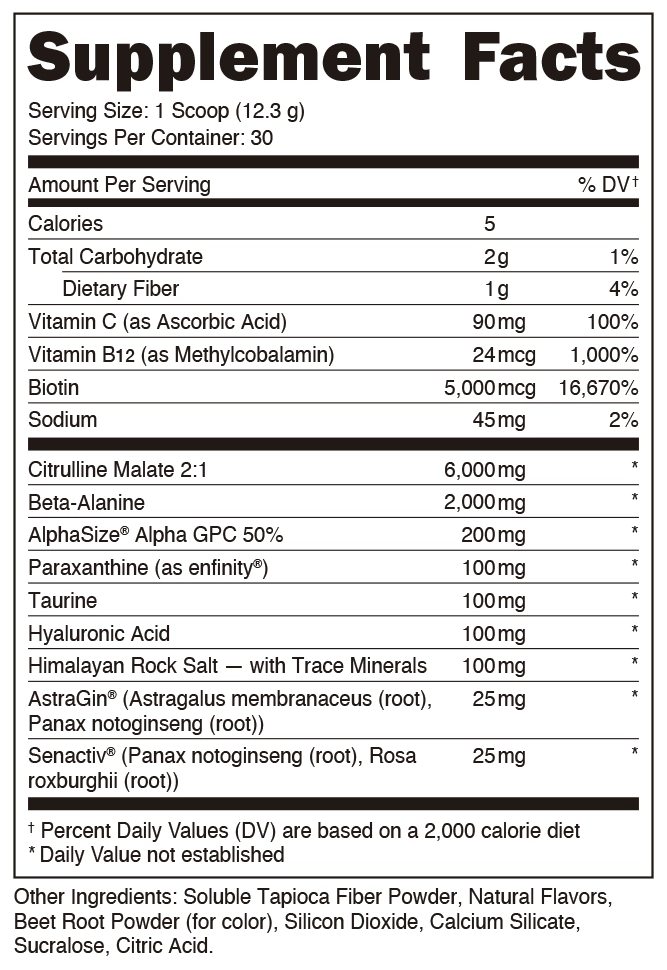
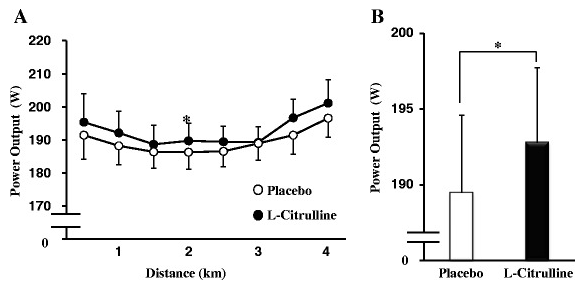
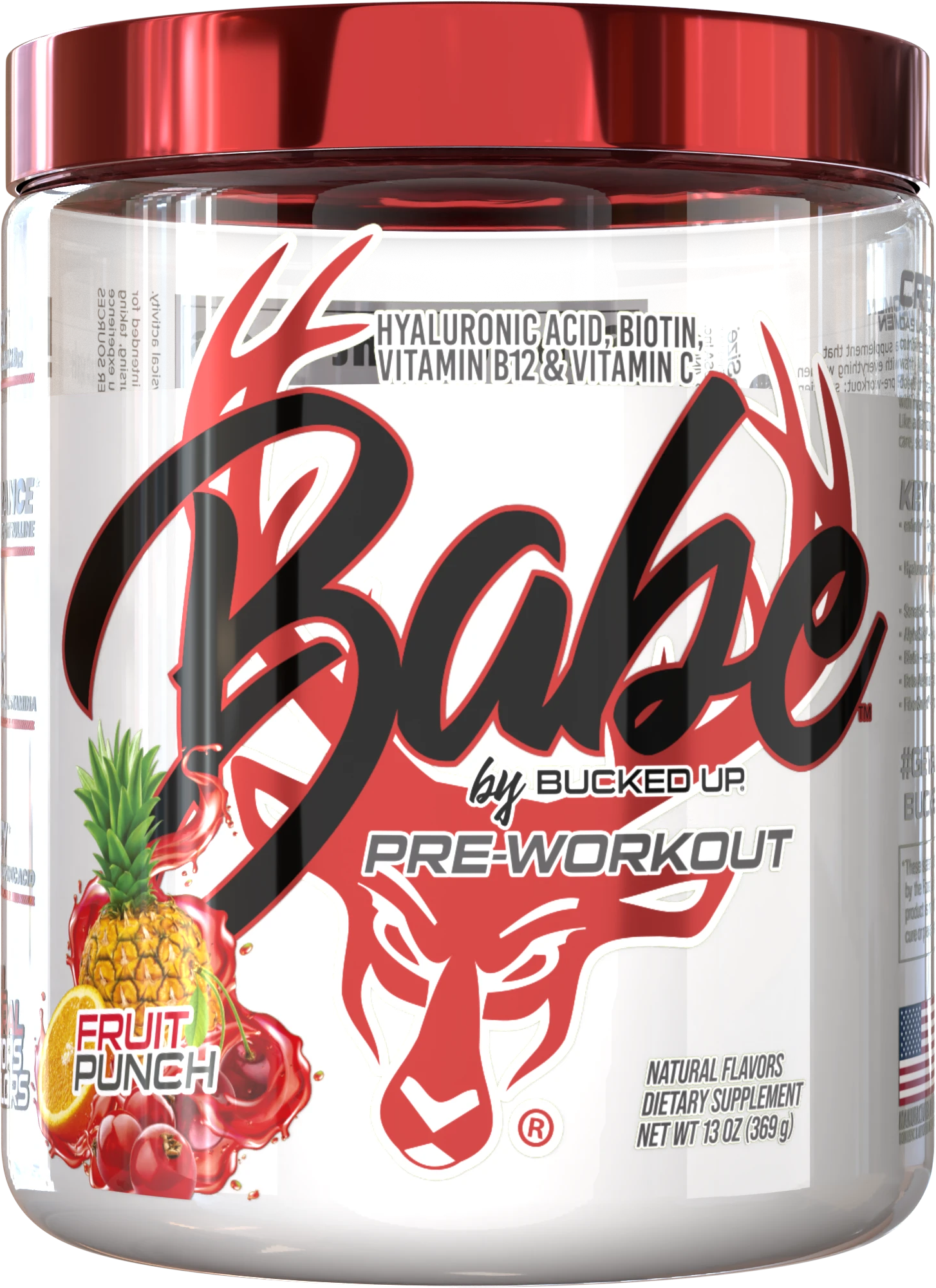
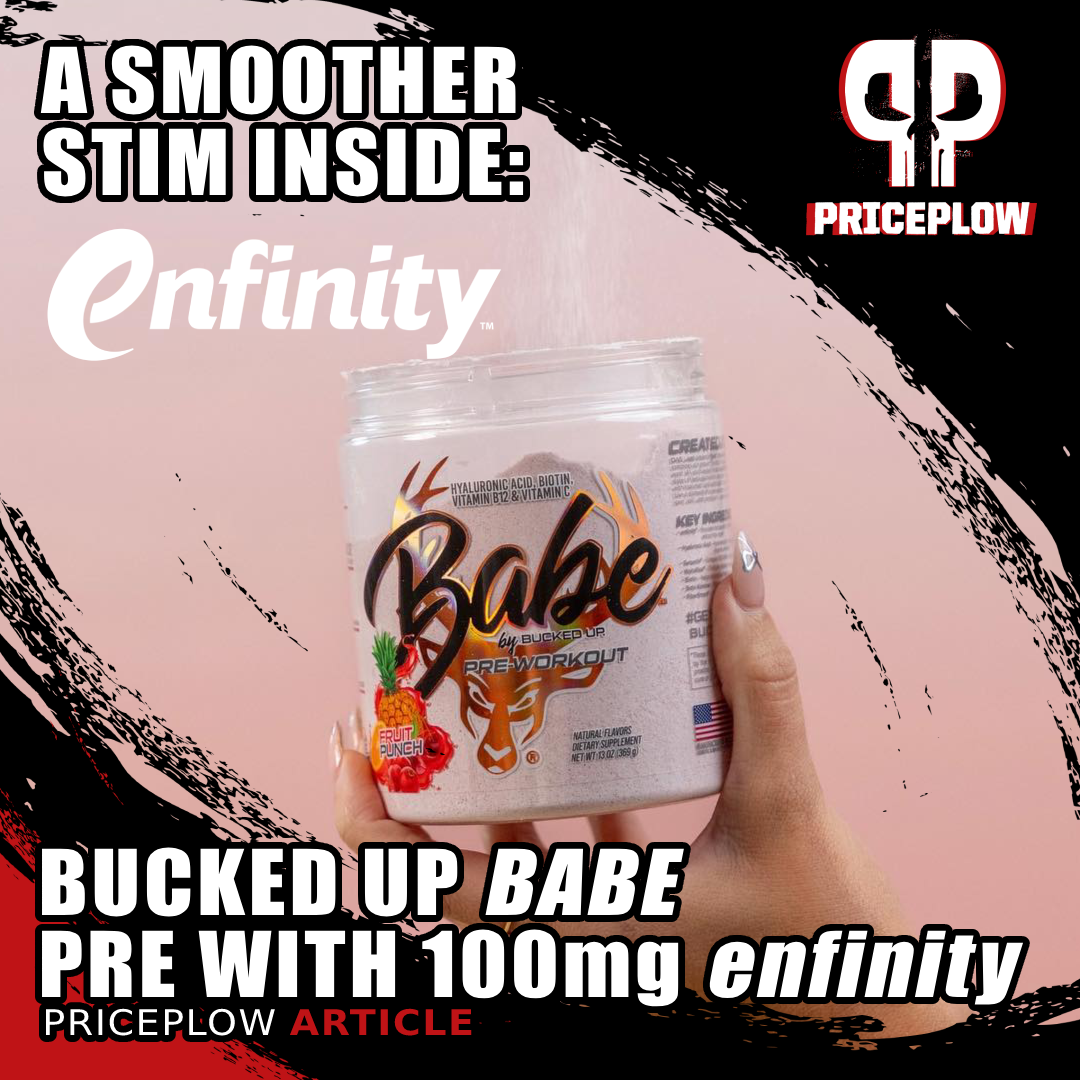
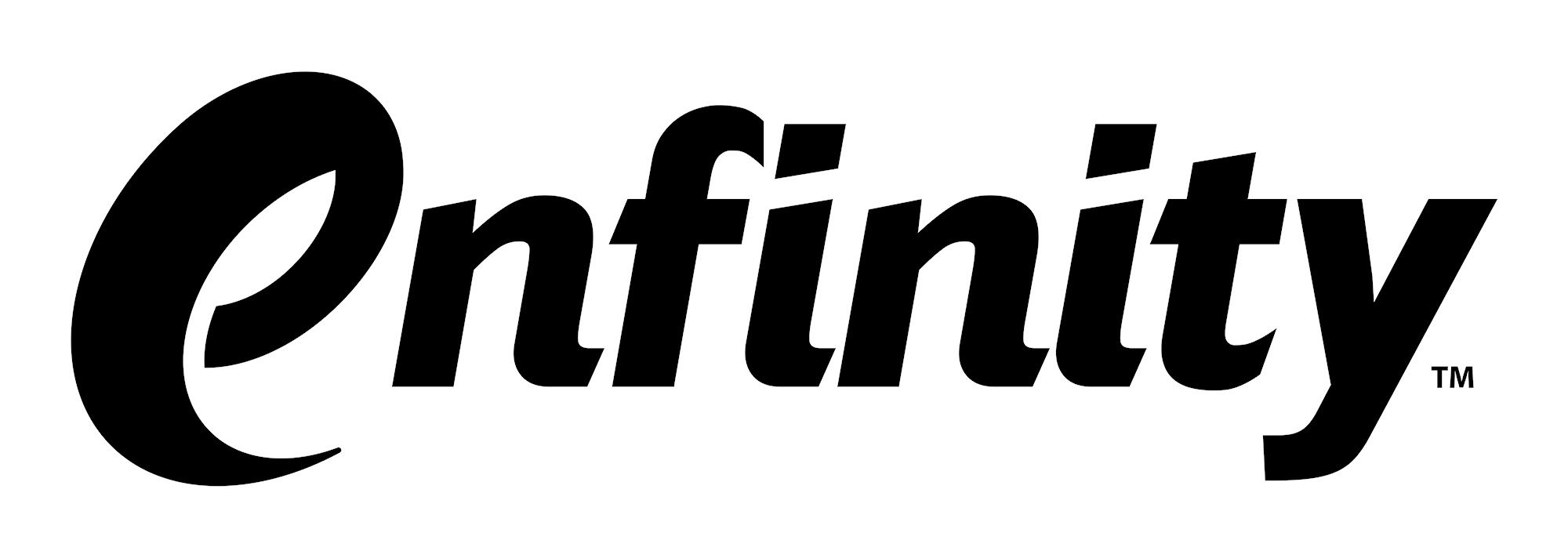
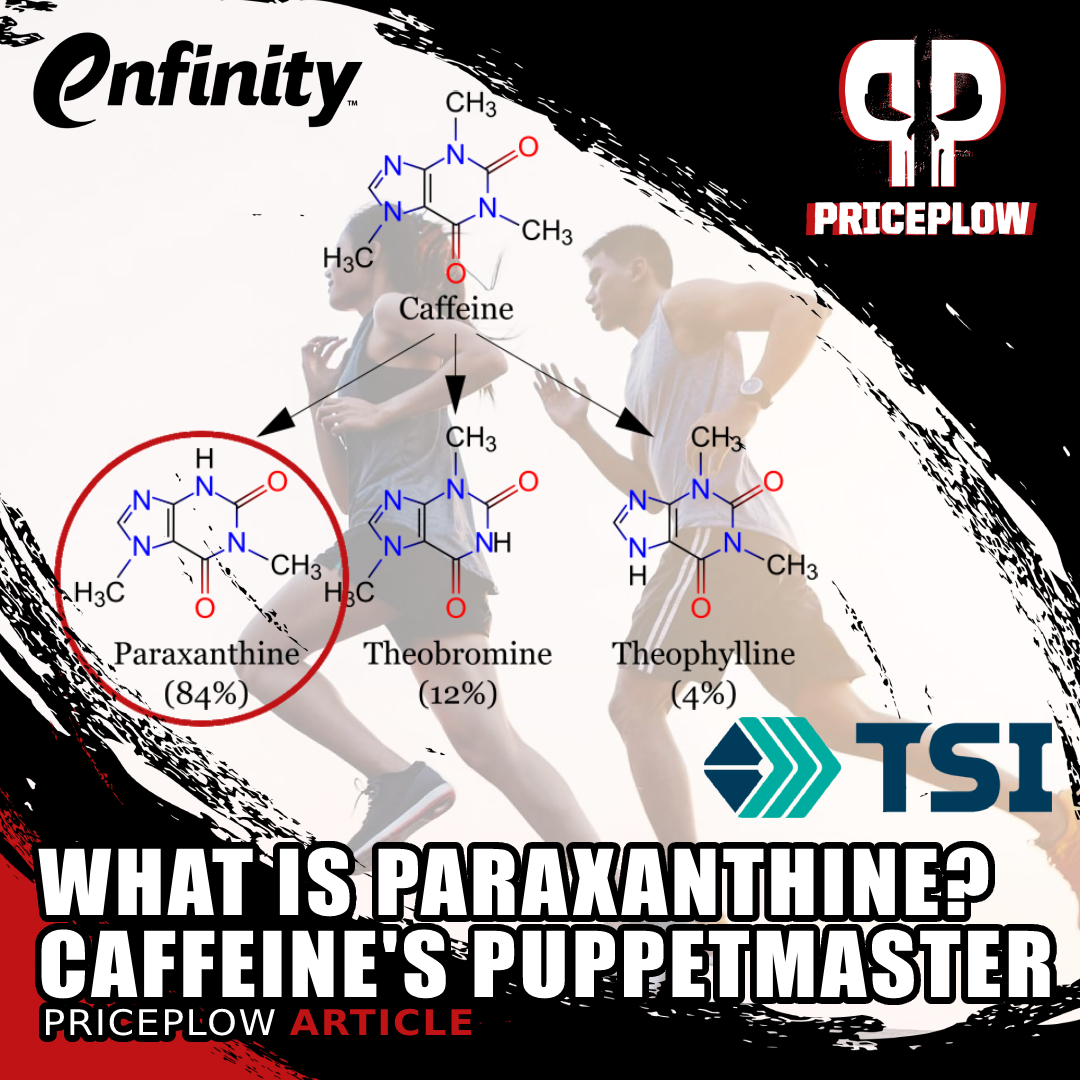
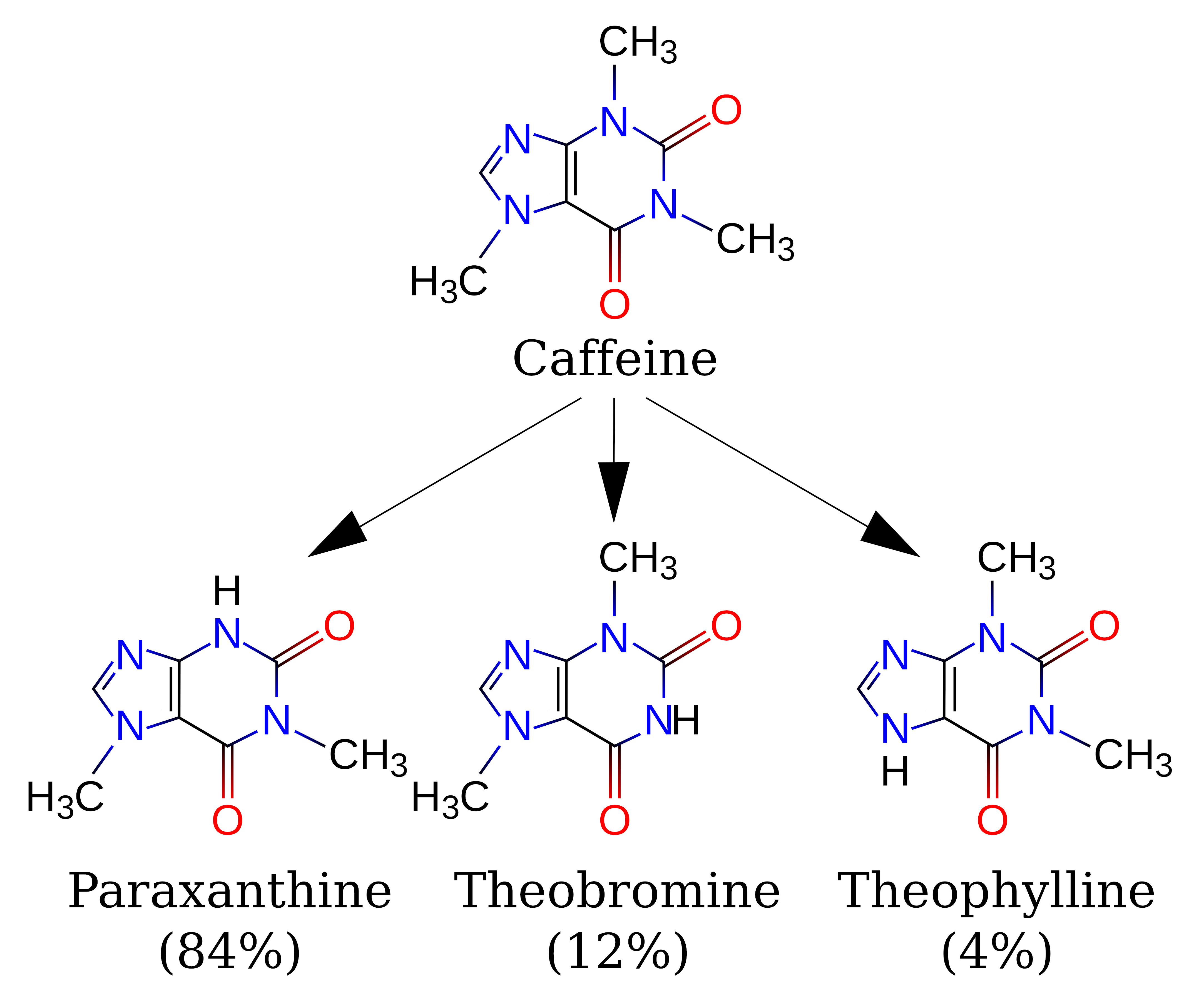
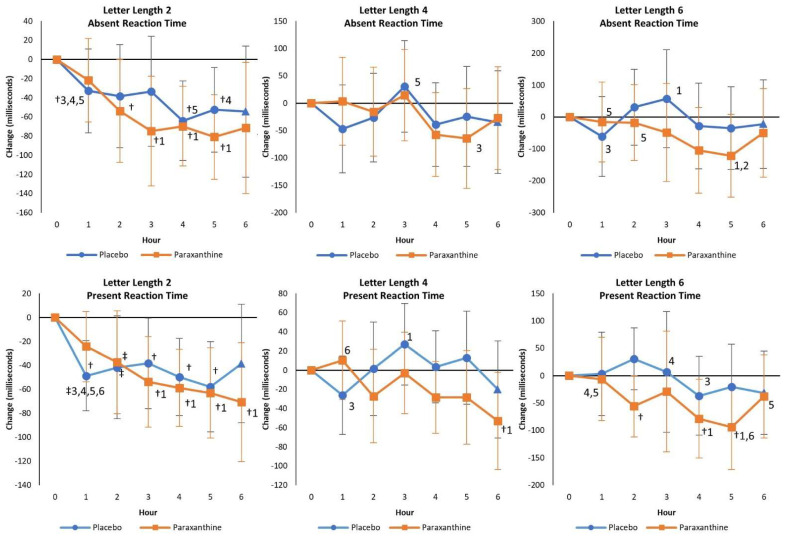
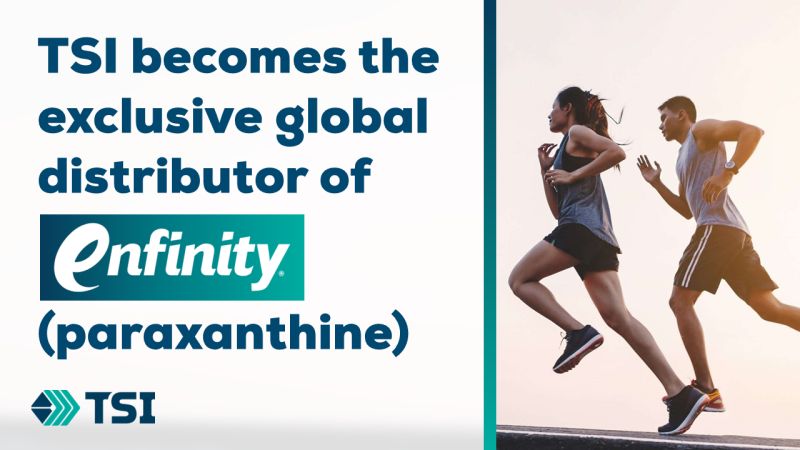
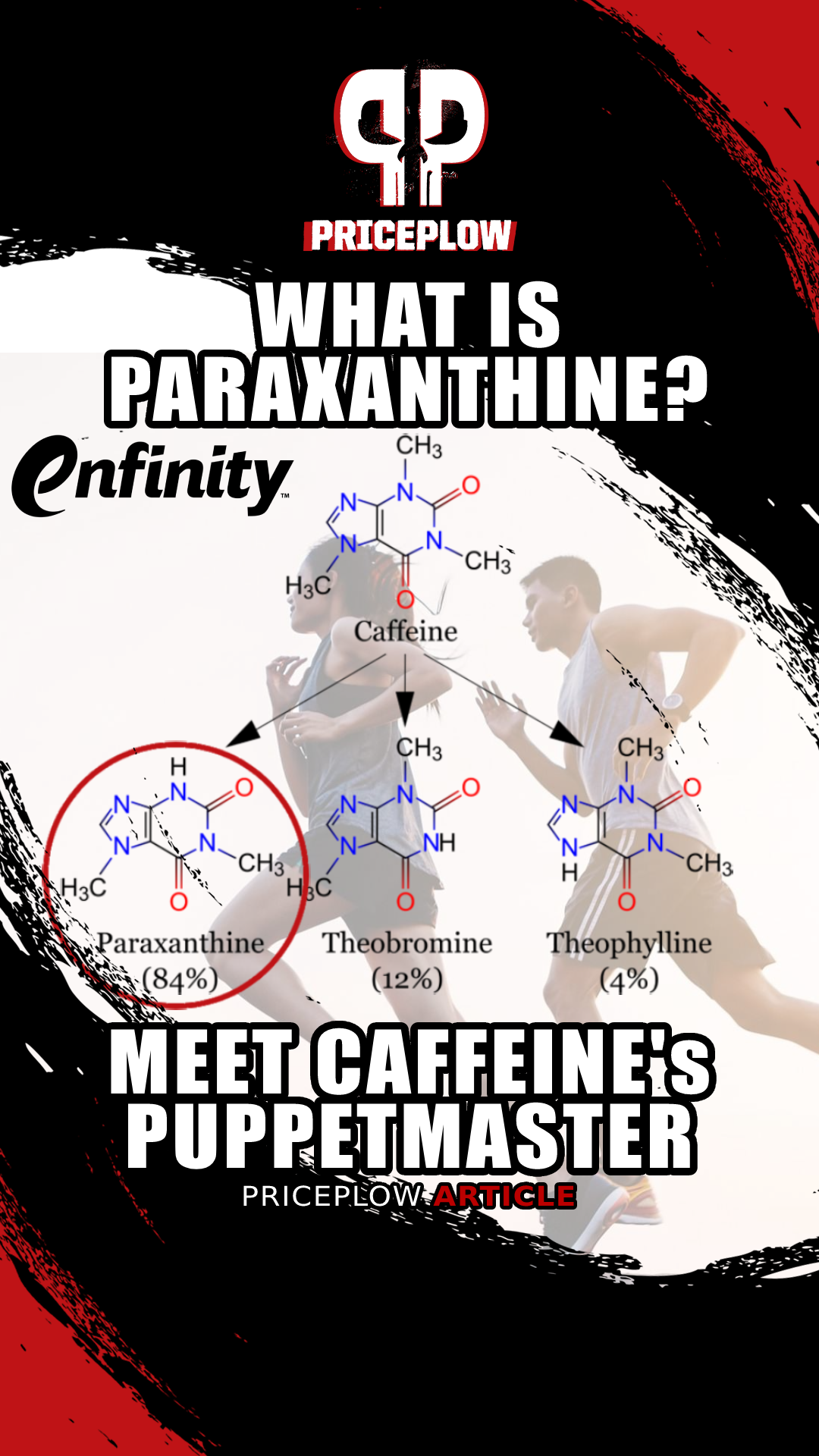
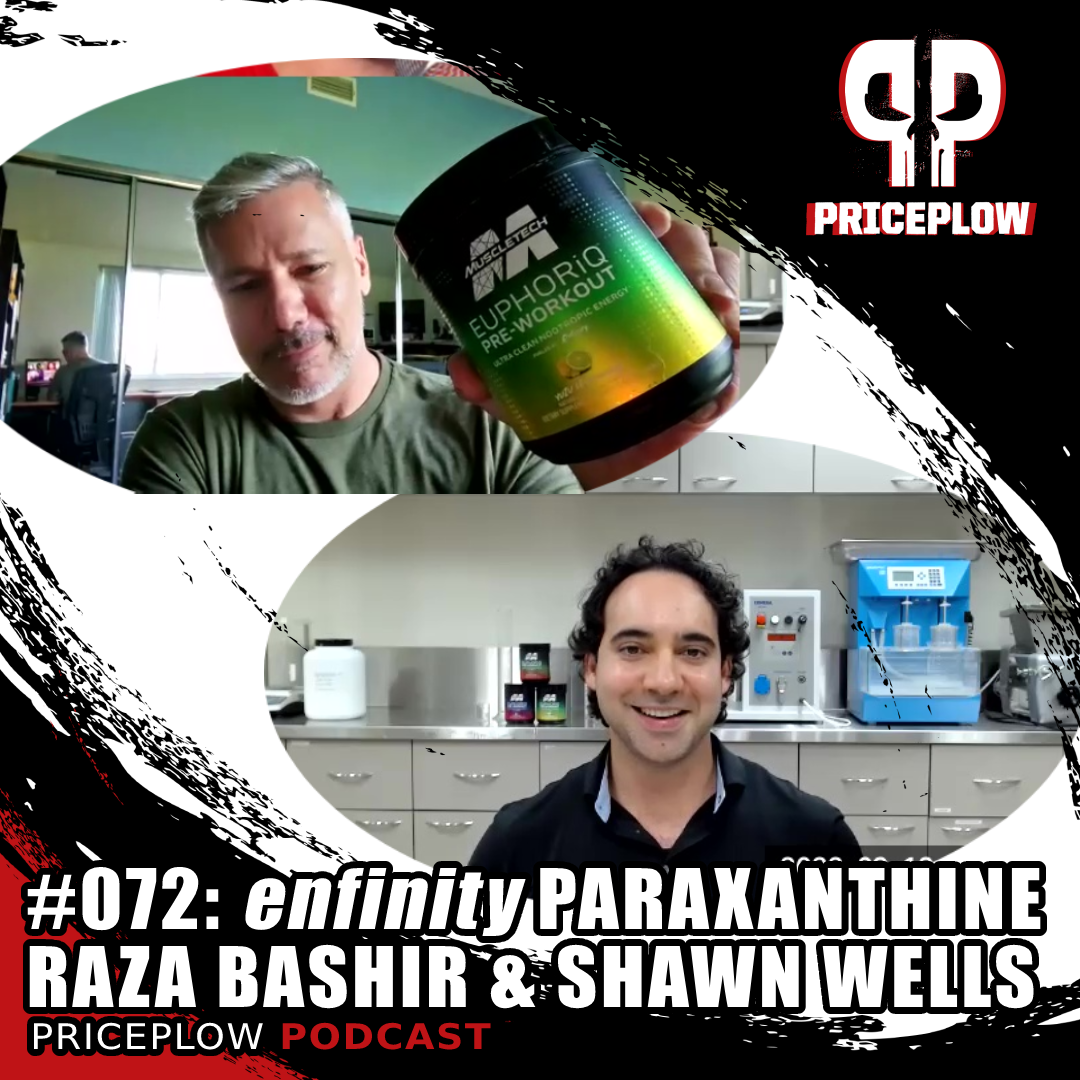
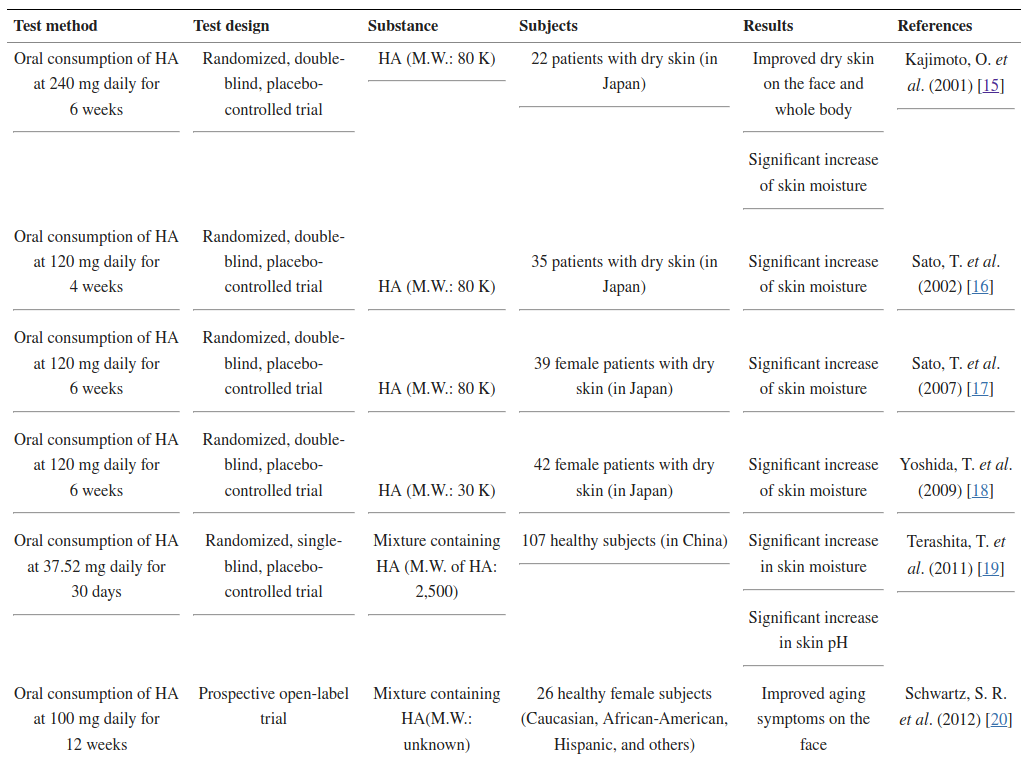
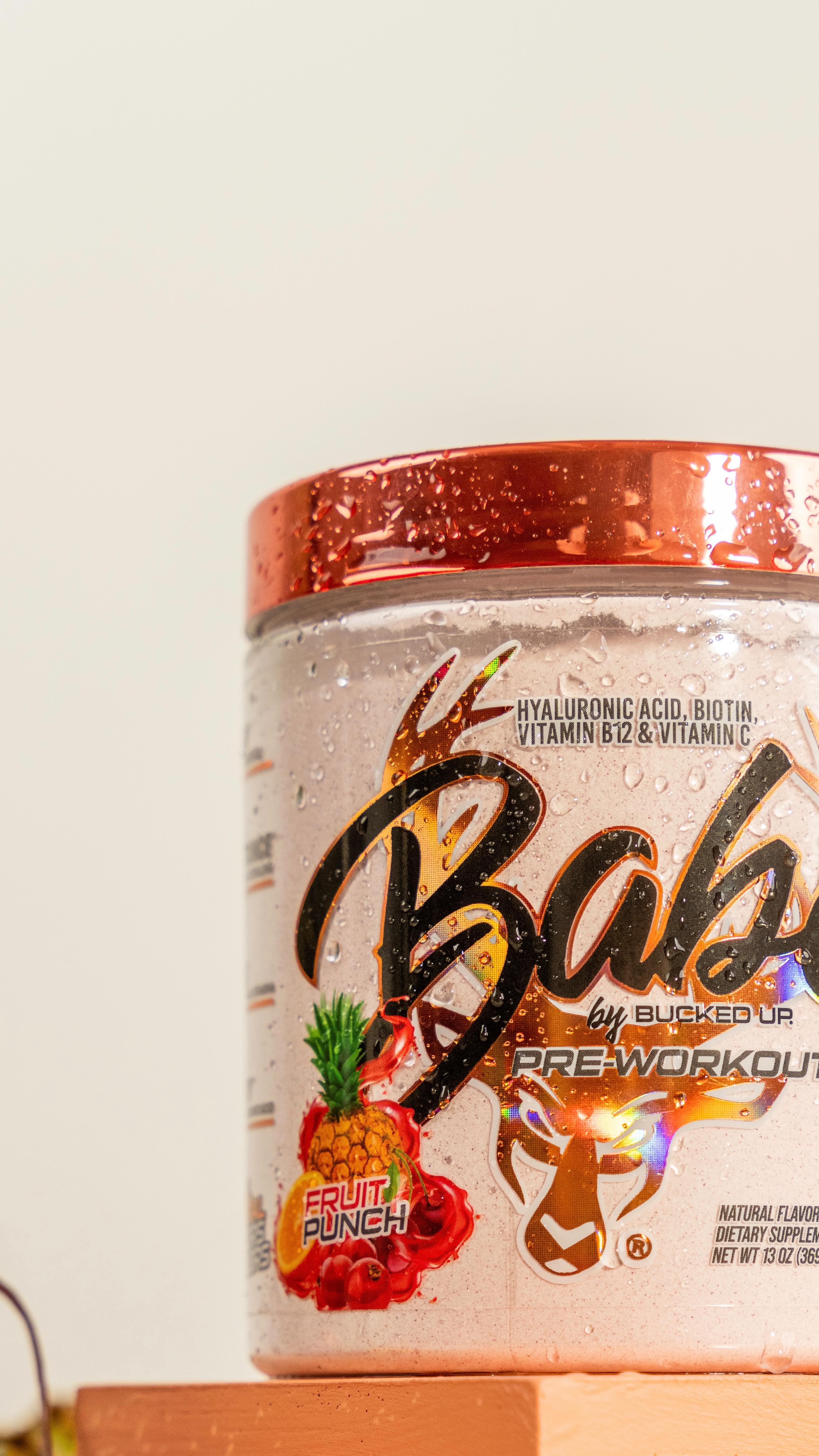

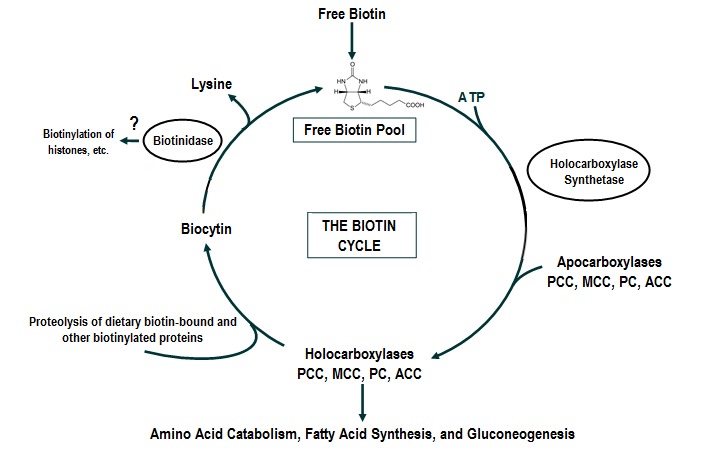
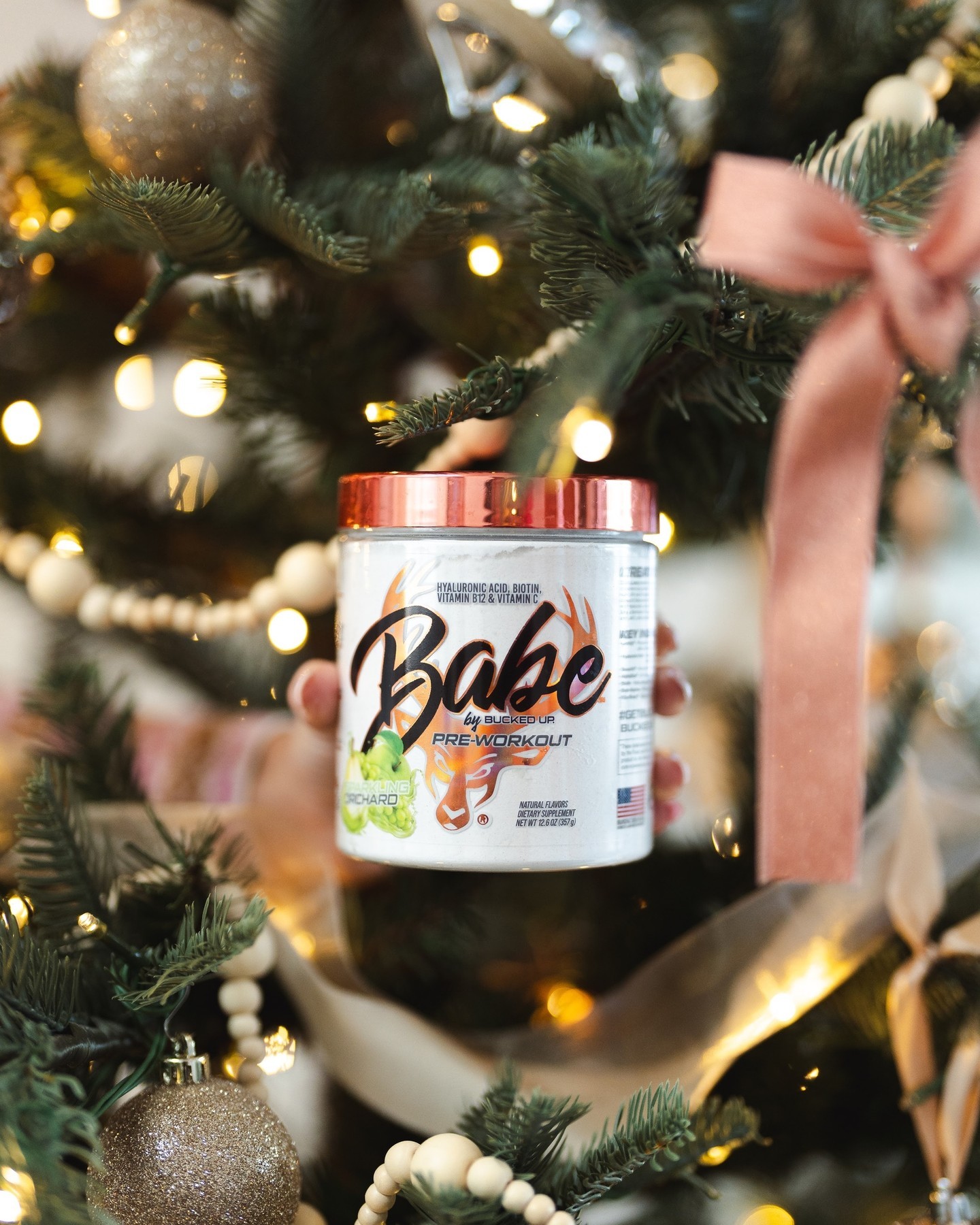
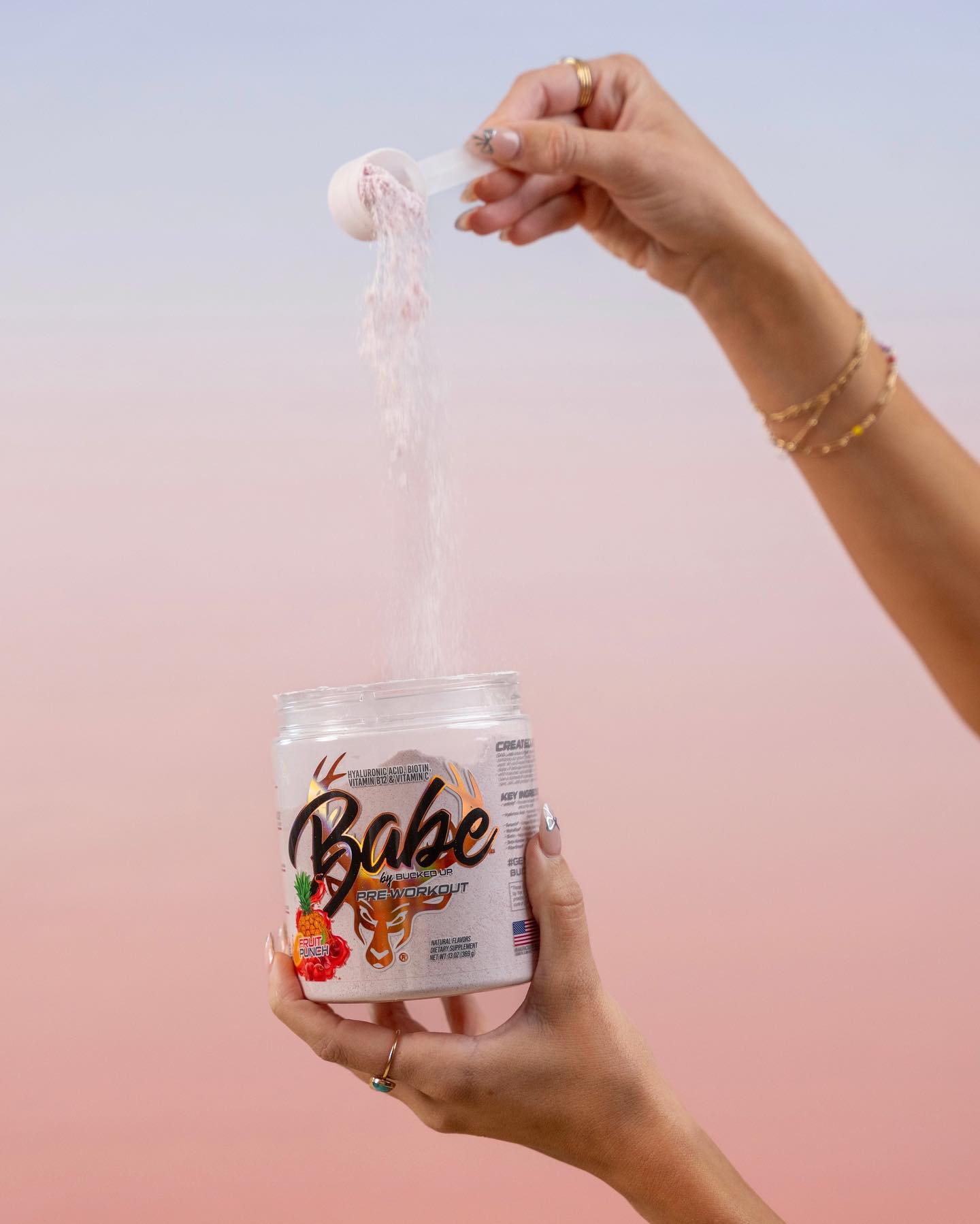


Comments and Discussion (Powered by the PricePlow Forum)